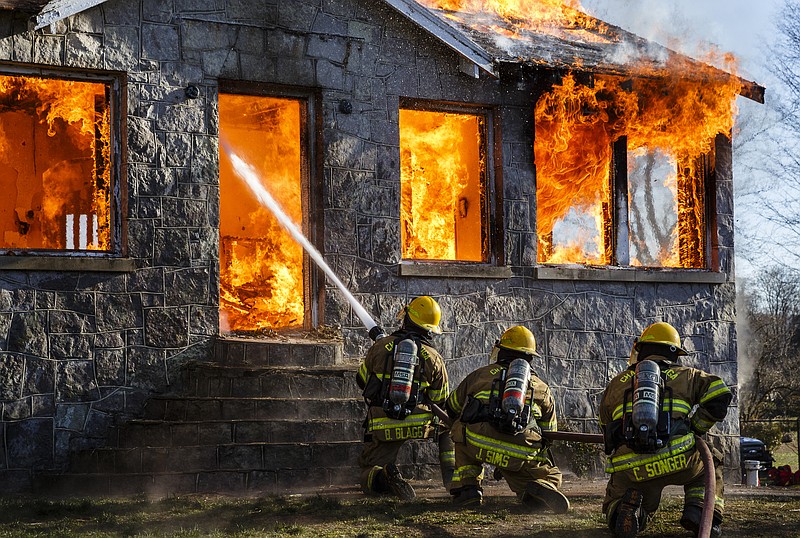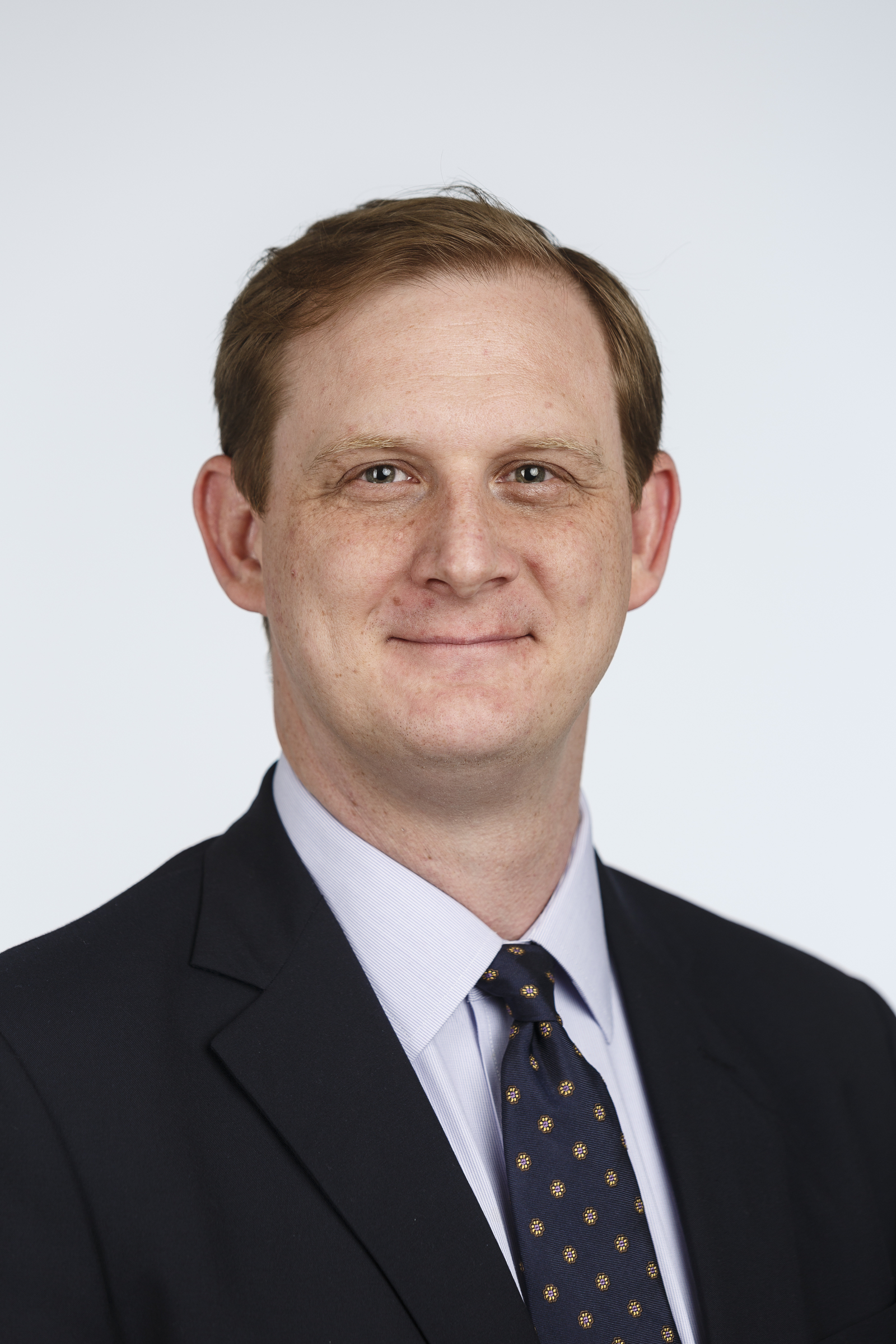Anyone who is half a hypochondriac and who follows the news is well aware that our world is laced with carcinogens.
Luckily, many of these cancer-causing agents are safely locked away in the solid matter that surrounds us in everyday life: Plastics, wood, metals, paint, glass and the like.
But what happens when these modern materials catch on fire? Suddenly countless deadly compounds, like polycyclic aromatic hydrocarbons, are dislodged and released into the air to co-mingle with fluids that are easily absorbed through the lungs and skin.
For most this is a minor concern since we're statistically unlikely to encounter these sorts of fire events very often - or even at all. But if you spend your career being first on the scene when fire threatens your community, the stakes are much higher. In the last two decades, America's fire professionals have come to grips with the enormous cancer risk they face over the course of their careers. In Chattanooga, we've ignored it.
The following statements, pulled from various news outlets and studies, are meant to shock you:
- Sixty percent of line-of-duty firefighter deaths are from cancer.
- There is a direct correlation between the amount of time first responders spend at fires and the chance they'll be diagnosed with lung cancer.
- Firefighters have a 229 percent greater risk of developing malignant mesothelioma than the general population.
- A firefighter's chance of death from leukemia is directly related to the number of fire runs they make in their career.
There are things our city must do to better support these professionals. As it stands, each Chattanooga firefighter is provided a single set of turnout gear, the baggy personal protection equipment that we see members of the CFD wearing while on duty. Turnout gear protects first responders from heat, smoke and poison while working a fire, but after the flames are extinguished the carcinogens remain, coating the equipment and wreaking havoc on a first responder's cellular biology.
Nationwide, the growing trend is to provide fire professionals with two sets of turnout gear. Fire companies work 72-hour shifts spread over a nine-day rotation. If called to more than one fire in a rotation, they're left to continue breathing in and absorbing the carcinogens their equipment picked up on the first call. Yet, the men and women of the CFD do their work with only one set of protective gear.
Unfortunately, the city's shortcomings don't end there.
If a Chattanooga firefighter ever does face that most frightening diagnosis, they're then left to prove that they got sick because of the job. Many governments across the country have righted this wrong with a cancer presumption policy so that if a firefighter develops cancer, it's presumed the disease is occupational. Workers then have access to all due benefits as a result.
By their very nature, our first responders are psychologically adjusted to risk. Most of us would never scale a burning building, yet firefighters race to the scene prepared to nullify anything from a burnt casserole to a 10-story blaze. In the middle of a catastrophe when lives are at stake, cancer risk is likely far from the hero's mind.
Still, the local firefighter's union has been lobbying the city for fresh turnout gear for years while at the same time asking the state for a cancer presumption. On the latter it finally prevailed, but the legislature granted the presumption to Davidson County only - one step forward, one step back. The city of Chattanooga is now left to pick up the ball that the state has dropped.
Both are fairly big ticket items. Another set of turnout gear alone could cost $1.4 million. As the new city council begins budget hearings, new wish lists will surely come pouring in from every corner of the city. When it comes to the line items for the Chattanooga Fire Department, the council should ask itself: Is there any more sacred duty than caring for those who care for us in times of crisis?
John Kerns, a Highland Park resident, is president of Preferred Care at Home.

